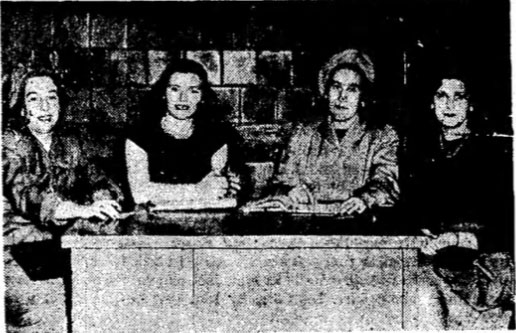
Everyone has their ways of coping with Cincinnati winters. When the weather turns cold and damp and I can’t take one more gray day, I look forward to escaping to sun and sand. St. John in the United States Virgin Islands is my happy place. Laurance Rockefeller visited in the early 1950’s and was enchanted by the island. He bought land to live there in a site that became Caneel Bay Resort. Later, he donated all his land to the U. S. National Parks.
Two-thirds of the island is U.S. National Park, mountains dense with trees and vegetations and turquoise sea with reefs, and white sand or coral rocky beaches.
Robert Oppenheimer and his family also found St. John as a refuge from the world after his fame and infamy as the “father of the atomic bomb.” He rented and then built a cottage on a beach near Caneel Bay. That land was eventually donated to “the people of St. John.”

Cathy ready for a swim
In 2017, hurricanes Irma and Maria hit the island and destroyed the luxury resort of Caneel Bay as well as the eco-resort Concordia, businesses, and homes. We visited St. John when the island was beginning to recover and walked around the broken structures. We visited once more in January of 2020 before the island closed again due to COVID-19.
This year was our first time back to bathe in the sun and listen to the waves of Coral Bay, a small town set in lush flowers and tropical vegetation. It’s not easy to get there. We got up in the middle of the night to catch the first of two flights, then after landing on St. Thomas, we caught a van ride through the busy streets and winding roads of St. Thomas to the ferry (St. John doesn’t have an airport). After landing in Cruz Bay, the main tourist town of St. John, our jeep company picked us up and brought us to pick up our transportation for the week.
After a visit to the grocery store where we stocked up, we drove the dark narrow windy road up over the mountain careful to stay on the left side of the road (“shoulder to the shoulder,” as they say or “drive left, drink right”) to a quieter part of the island, a home on the sea with panoramic ocean views, a private deck and beach. This is what makes it all worthwhile.
Sitting under the sea grape shelter of the deck, I heard the high-pitched chirp of the bananaquit, a small yellow and black bird attracted to sugar. I saw him, but by the time I reached for my phone for a photo, he was gone. He teased me with his song from time to time during my stay, but I never was able to spot him again.

Cinnamon Bay sugar plantation and factory
We’ve been to the more touristy Annaberg sugar plantation several times, but this time we explored the sugar plantation at Cinnamon Bay. The Danish were the first colonizers of what was called St. Jan. The Caribbean has a dark history of slave trade and bringing enslaved people from Africa to work growing, harvesting, and processing sugar cane in brutal conditions. Mongooses were introduced to the island to control the rat populations in the sugar cane fields. Donkeys were brought to St. John to walk in circles operating the grinder. The donkeys now roam wild around the island. There was a famous rebellion in 1733 when the enslaved people took over St. John.
I witnessed the stealth and thievery of a mongoose when he stole someone’s tuna fish sandwich from their backpack and again when sitting the with remnants of Caneel Bay teatime on a stone deck overlooking the sea, a mongoose slipped over the wall to grab pastry crumbs.
We snorkeled at the reef near our beach to readjust to swimming with our masks, snorkels, and flippers, but found the scenery disappointing. A couple days later, snorkeling at one of my favorite bays left me depressed. The coral looked like a graveyard. In addition to the hurricanes ravaging the coral, stony coral disease and rising water temperature has killed much of the coral throughout the Caribbean. In addition, both on St. John and on Hawaii only reef-safe mineral sunscreens are legal. Chemicals from some sunscreens are also killing coral. On the bright side, the mustard-colored pillars of sponges still survive as do the fish and a couple sea turtles who joined us on our swim.

Hiking from Lameshur Bay
I ran into the island’s archaeologist from the National Park at the weekly Thursday night open mic night at a beach bar which attracts many of Coral Bay’s locals and many tourists. The archaeologist Ken Wild had excavated the Taino temple at Cinnamon Bay and had shown me the artifacts he found when I visited in 2000. He was a very helpful resource of information about the indigenous people for my historical fiction. He is also a diver. I asked him if there were any reefs still thriving for snorkeling. His answer was discouraging.

Petroglyphs on St. John
We turned to another reason we go to St. John: hiking. One of our favorite places to hike is in a remote area of the island. One of the longer trails there leads to a sacred rock waterfall with Taino Indian carvings called The Petroglyphs. The rock art and the “eyes of the ancestors” picture is one of the unique identities of the island.
Back home at my computer, I feel refreshed and relaxed, ready to welcome spring which to my relief has arrived early.





